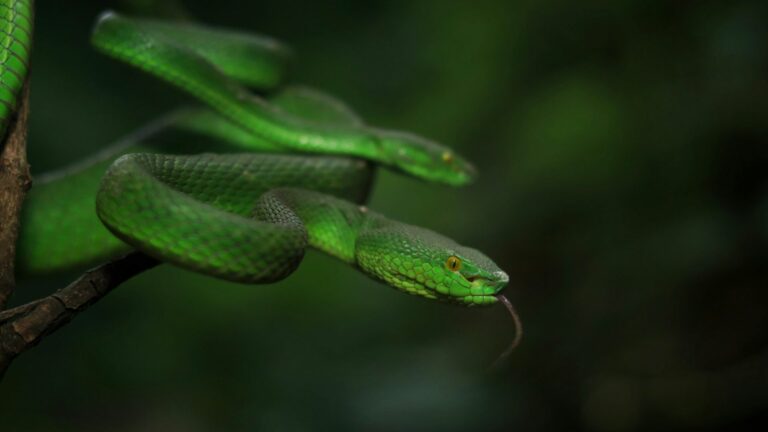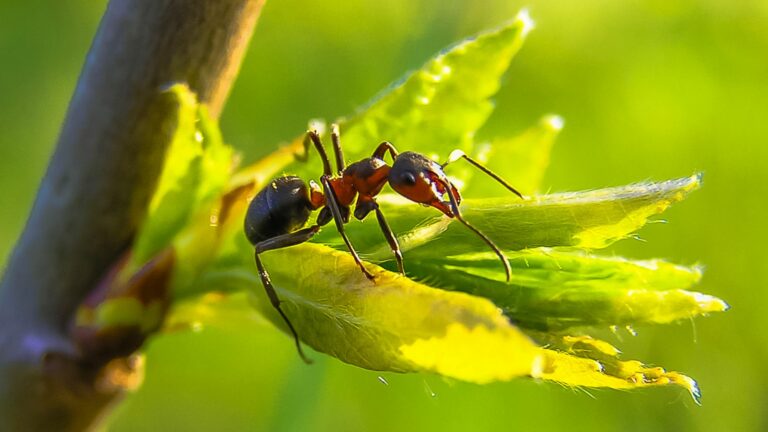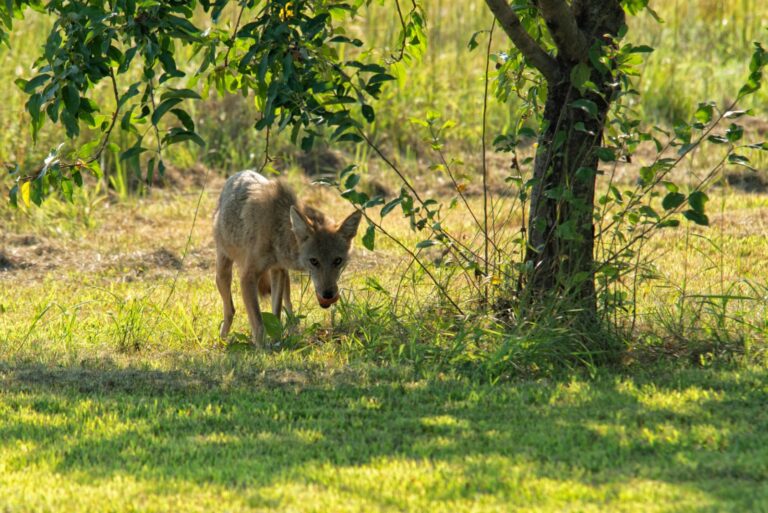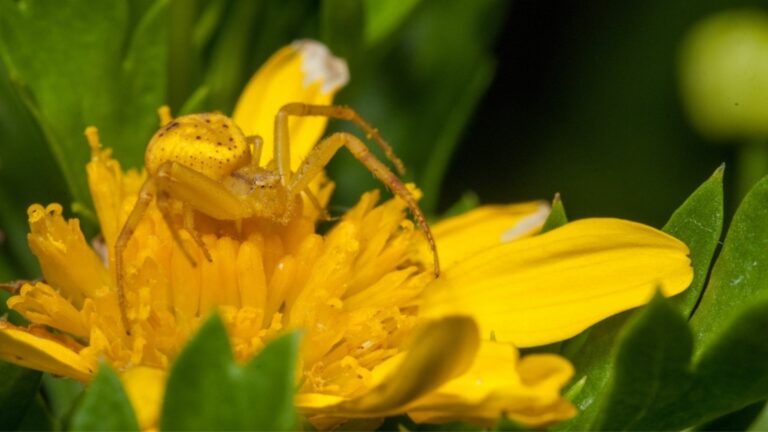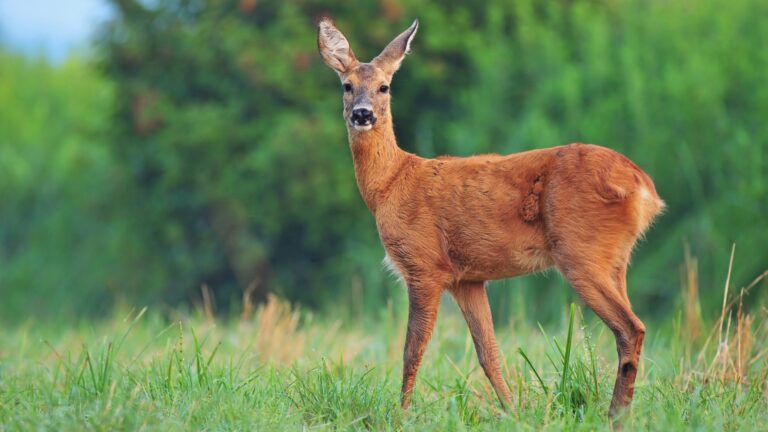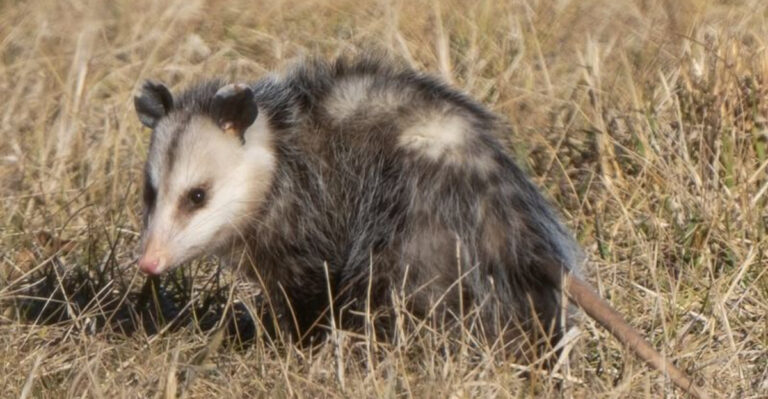Beware Gardeners, You Won’t Believe How Fast Colorado Potato Beetles Can Wreck Your Potato Patch
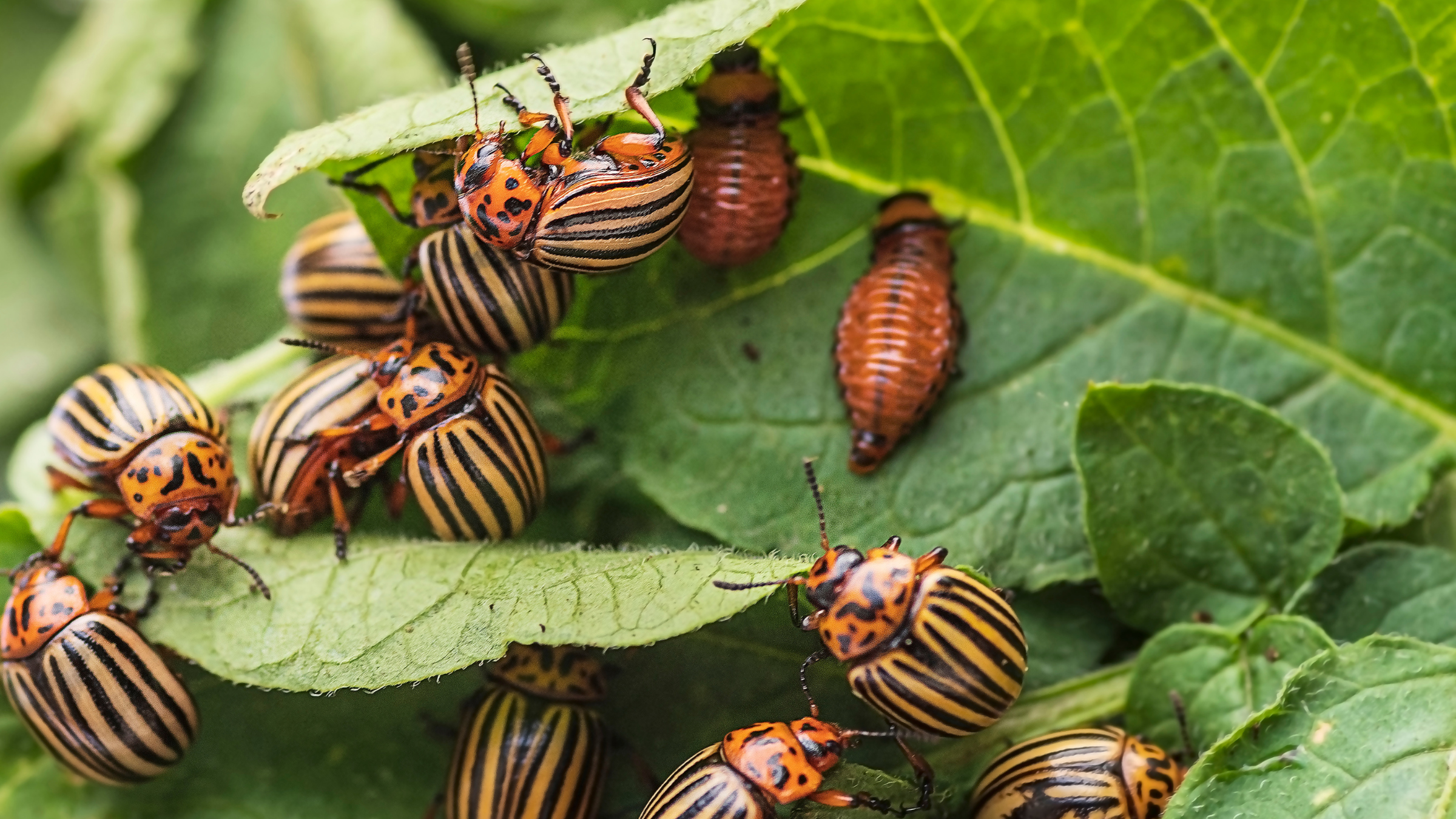
The thought of a vegetable garden pest that breeds quickly, overwinters in the soil, and whose larvae can destroy plants is enough to make any gardener shudder. Unfortunately, Colorado potato beetles exist.
Anyone who grows potatoes at home should be aware of these distinctive pests. They’re known for munching through crops, and it’s not just potatoes they target – colorado potato beetles can also be drawn to other crops in the nightshade family.
Last year, these critters almost ruined my entire potato harvest. But I didn’t give up!
With gloves and a spray bottle (and a few tricks up my sleeve), I managed to save what was left of my potatoes. And this year, the beetles didn’t even show up in my garden.
No worries, I’ll share my tips and tricks in a moment, just stay tuned!
So, What’s The Deal With Colorado Potato Beetles?
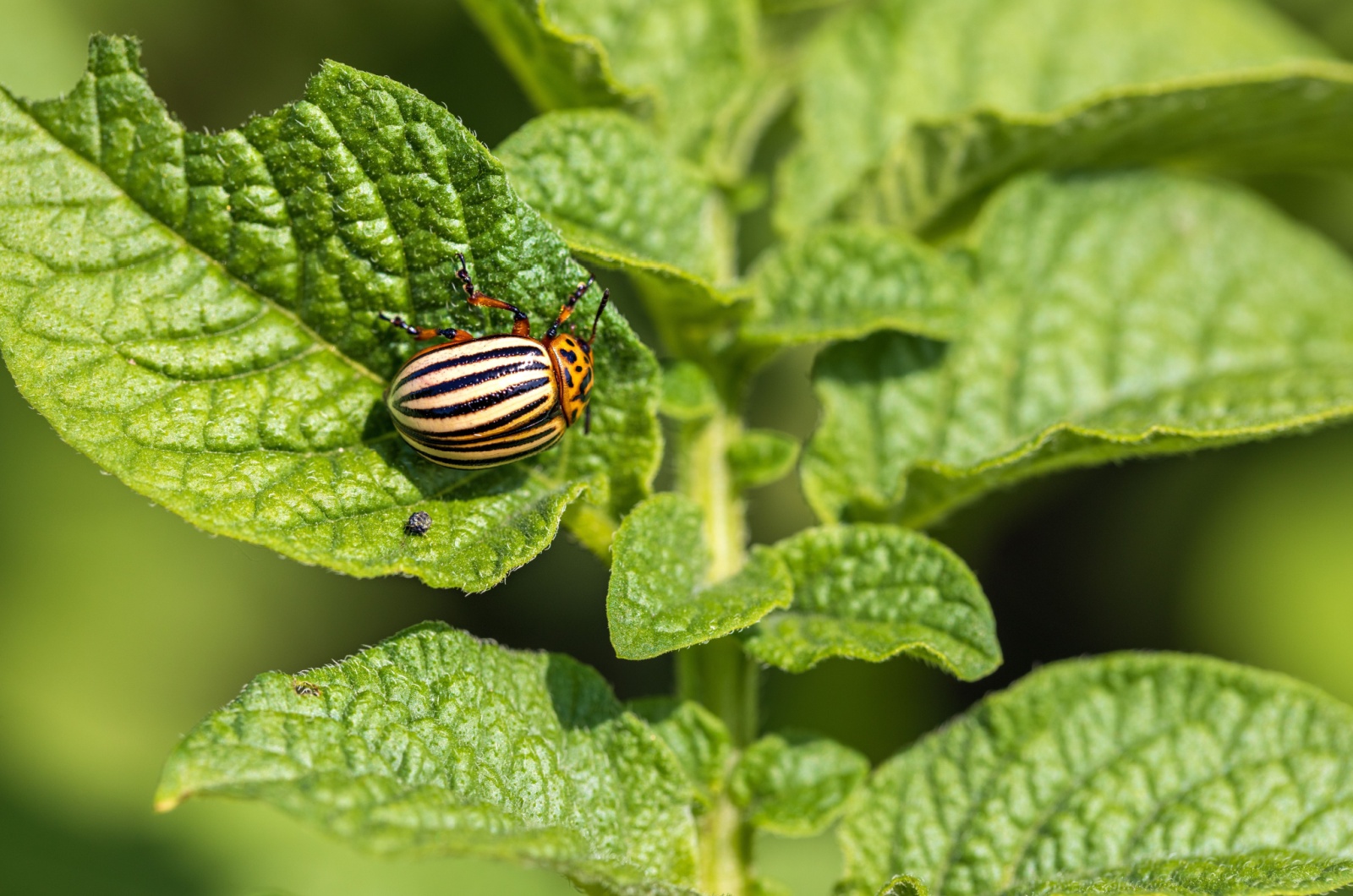
I had no idea these little pests could be such a headache, especially when you’re growing potatoes!
These guys are around half an inch long and super easy to spot, with their orange-yellow and black striped wings. The adults are hard-shelled and oval-shaped, while the larvae have a squishy red body with a black head.
When I first saw them, I couldn’t believe how quickly they started munching away on my plants!
The beetles lay their eggs in clusters of 20-40 on the underside of leaves. These bright yellow-orange, oval-shaped eggs are attached to the leaf by their end, making them quite noticeable if you look closely.
What I didn’t know is that their life cycle is incredibly fast – female beetles can lay over 500 eggs really quickly, with their eggs hatching in under a week.
From egg to adult, the transformation takes about three weeks, meaning up to three generations of these pests can appear in a single growing season.
Gardeners often call them “perennial pests” because these beetles spend winters burrowed 4-12 inches deep in the ground where they fed the previous season. And as soon as the summer arrives, they will emerge and feed for a few weeks before laying some eggs on the potato leaves.
But watch out, it’s not just potatoes at risk. These pests can cause trouble for other plants too!
Colorado potato beetles also target other members of the nightshade family, including eggplants, tomatillos, tomatoes, and peppers – they can make an entire mess in no time!
Colorado Beetles Love Munching On Potato Leaves
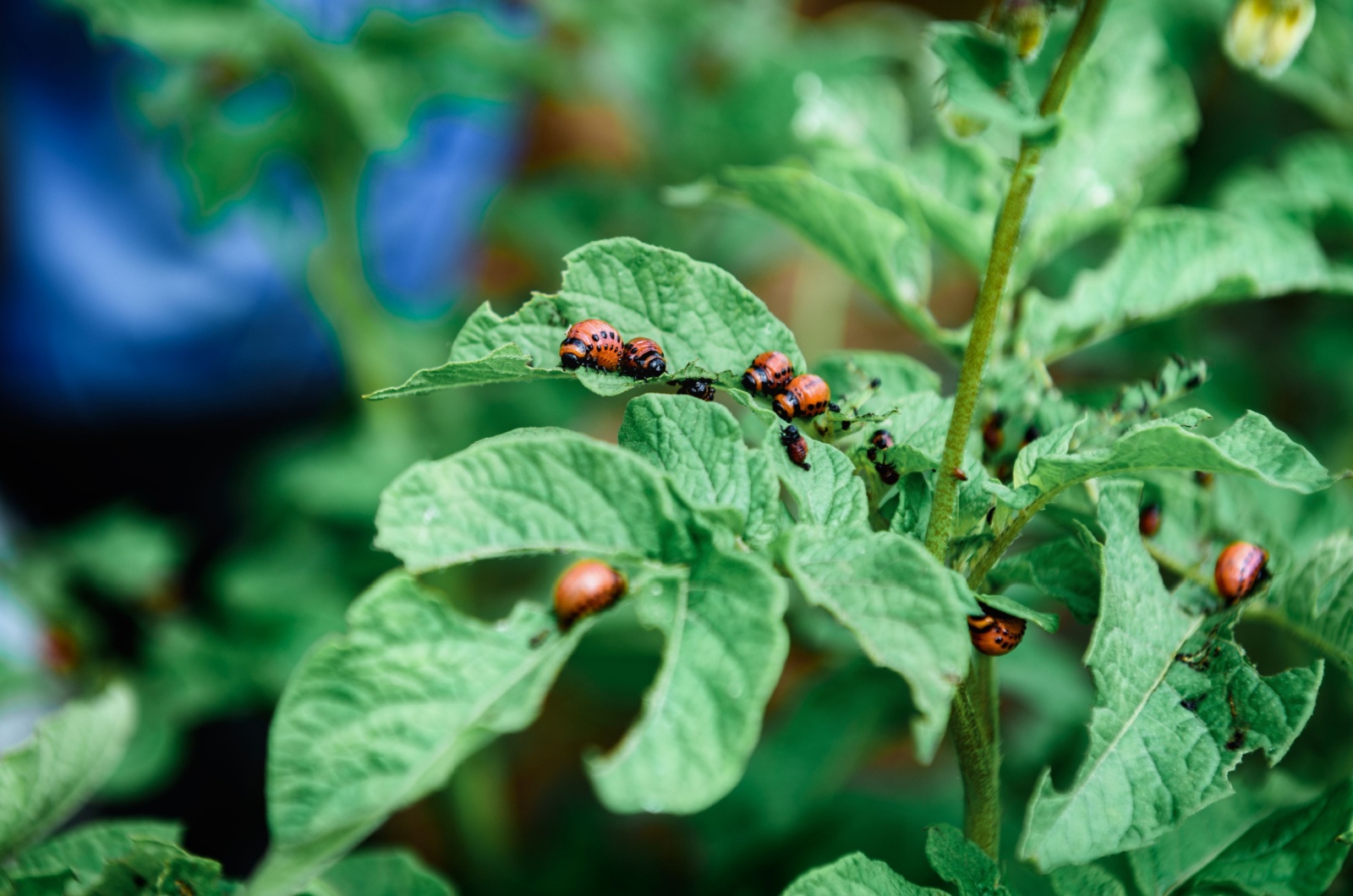
Okay so, we figured that Colorado beetles can damage our potatoes, but how do we know that our spuds are hurting?
Both the adults and larvae can really chew up your plants, but it’s the young beetles that do the most damage.
The larvae feast on the leaves and leave behind dark droppings known as frass. This is a clear indicator that these unwelcome guests have entered your potato patch.
Keeping a close eye on your plants is essential to catching these pests early. Look out for the yellow or orange tubular eggs on the undersides of the leaves – these eggs are the first sign that a new generation of beetles is on the way.
I didn’t notice them at first, which is why they spread super quickly and almost ruined my precious potatoes!
While potato plants can handle a bit of defoliation, up to 20% more than that can seriously impact your harvest. The plants are especially sensitive when the tubers are bulking up, which starts after they begin flowering.
So, regular monitoring and quick action are key to protecting your crops!
Related: Follow These 11 Simple Potato Growing Tips To Get A Bountiful Harvest
Use These Tips To Get Rid Of Colorado Potato Beetles
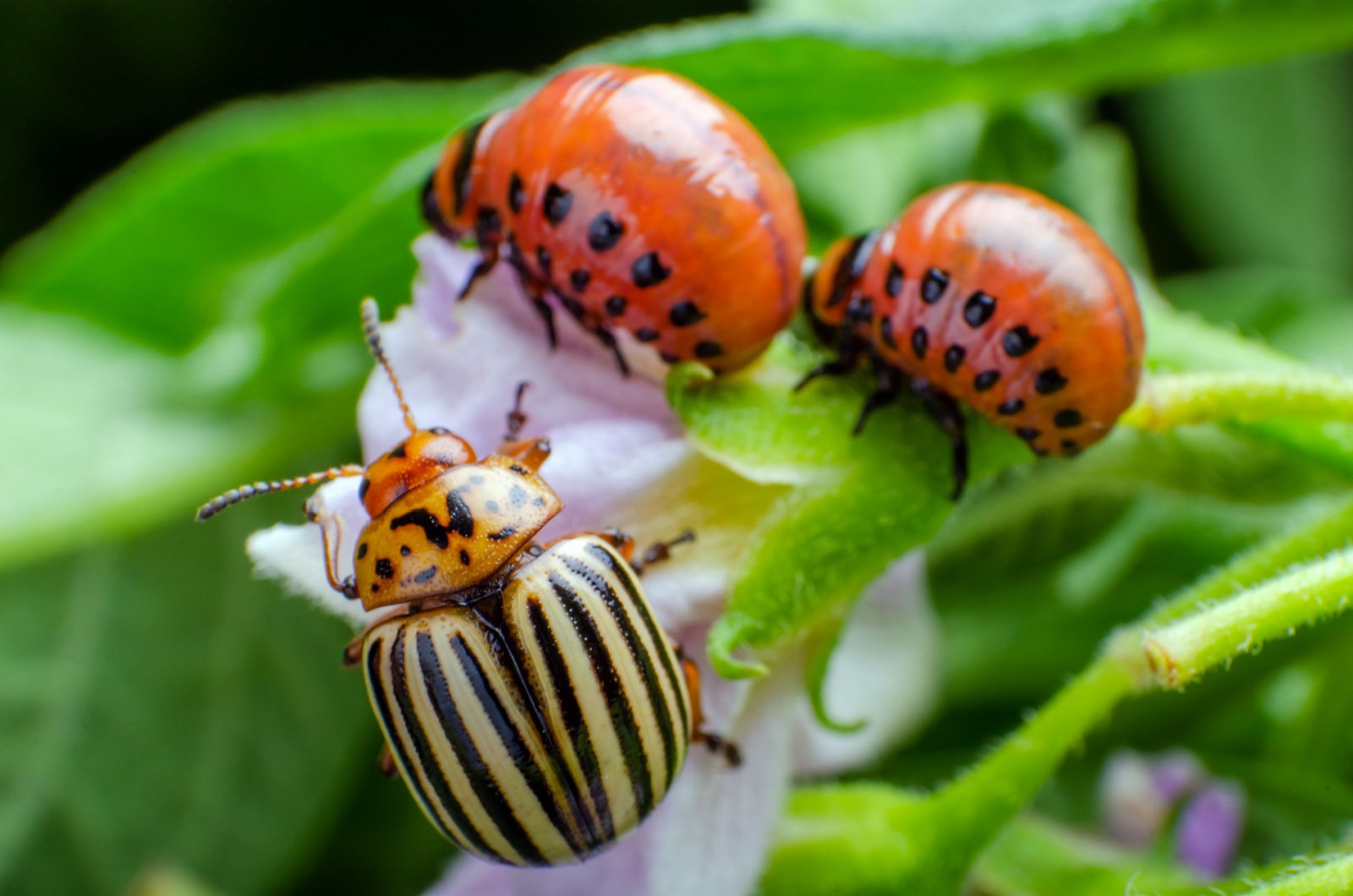
If you want to spot these sneaky beetles early and act quickly, it’s important to investigate your plants every other day.
As spring arrives and Colorado potato beetles begin to emerge, start checking your potato plants and other potential host plants regularly (that definitely saved my plants this season).
Hand-picking is an excellent way to control them and crush any eggs you find – I simply plucked the adult beetles and larvae off the plants and dropped them into a container of soapy water.
Even though adult beetles can fly in from neighboring gardens once temperatures hit around 70°F, crop rotation might still be beneficial. While it won’t entirely prevent beetle infestations, it helps manage soil-borne pests and diseases.
You can also protect your spuds by covering them with floating row covers (make sure that the cover stays on for the entire growing season). Since their flowers don’t need pollination, this method keeps these pesky insects away from your potatoes!
Another effective strategy is practicing companion planting in your garden. Flowers like marigolds and nasturtiums can deter many pests and attract predators of the Colorado potato beetle.
I’ve also noticed that planting flat-topped flowers like dill, yarrow, and calendula help to attract ladybugs, which eventually eat away at those tiny beetle eggs (gross, but yay!).
For pest control, consider using organic sprays like neem oil, plant extracts, and spinosad – they’re effective against pests. However, be mindful as neem and spinosad can be harmful to certain pollinators, so avoid spraying them near flowers.
What I would suggest you do is apply these treatments when the larvae are small to maximize their effectiveness.
Note that these beetles have developed resistance to many insecticides due to long-term chemical use, so organic methods are often more effective.
By combining regular monitoring, hand-picking, crop covers, and companion planting, you can effectively manage Colorado potato beetles and keep your garden healthy and productive (try them all and you’ll definitely get rid of these annoyances!)
Related: This Cardboard Box Trick Will Make Your Homemade Potatoes Grow Like Crazy

